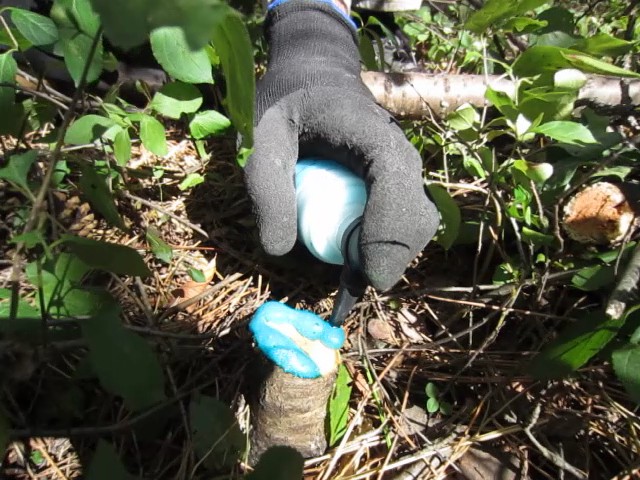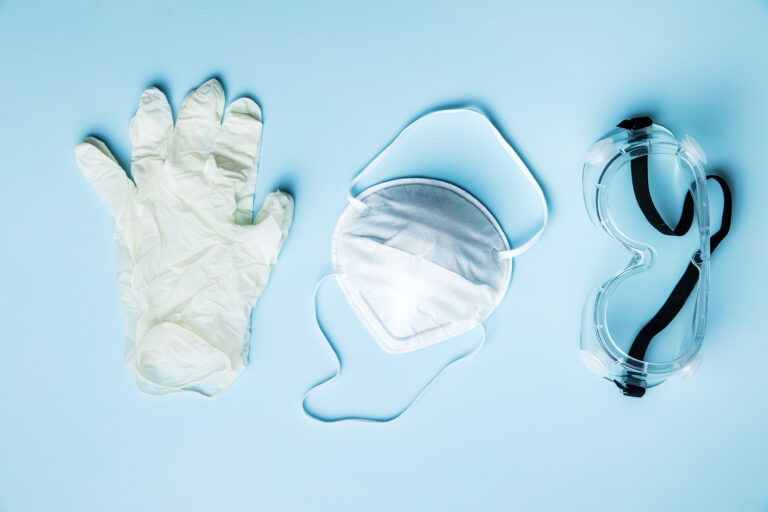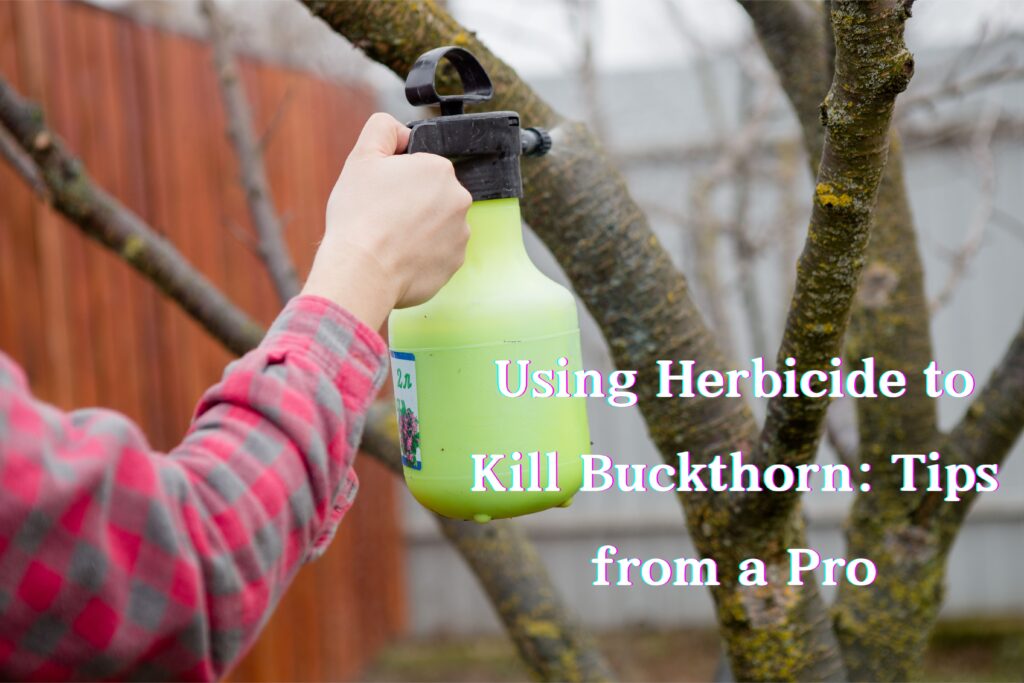Table of Contents
Understanding Buckthorn and Its Challenges
Herbicide Selection: Choosing the Right Product
For effective buckthorn control, choosing the right herbicide is critical. The two most commonly recommended active ingredients are glyphosate and triclopyr:
Glyphosate: This non-selective herbicide is ideal for killing buckthorn, but it also poses a risk to other plants because it targets all vegetation. Glyphosate works by inhibiting the plant’s ability to produce essential proteins, leading to its death. Professionals recommend using glyphosate in areas where native plants have already been displaced or when precision application is possible to avoid collateral damage.
Triclopyr: Unlike glyphosate, triclopyr is selective, primarily affecting woody plants like buckthorn without harming grasses and other non-target species. This makes it a great choice for sites where preserving the surrounding vegetation is important. Triclopyr disrupts the plant’s growth processes, leading to its gradual death. It’s often the preferred herbicide in sensitive environments, such as near wetlands or prairie grasslands, where other species must be protected.
Pre-Treatment Preparation
Timing Matters: Why Fall is the Best Season for Treatment
Cut-Stump vs. Foliar Applications
Two of the most commonly recommended application methods are cut-stump and foliar spraying:
Cut-Stump Treatment: This method involves cutting the buckthorn plant down to a stump and applying herbicide directly to the fresh cut. It is especially effective for large trees or shrubs and works by allowing the herbicide to be absorbed directly into the plant’s vascular system. For the best results, apply the herbicide immediately after cutting the stump—delaying even by a few minutes can reduce the plant’s absorption. If you’d like to explore more about removing buckthorn, read our blog Special Tools for Removing Buckthorn: 5 Failproof Choices
Foliar Application: For smaller plants or dense infestations, foliar spraying—where herbicide is applied directly to the leaves—can be effective. However, this method carries a higher risk of damaging nearby plants if the herbicide drifts. When using foliar sprays, be mindful of weather conditions, particularly wind, which can carry the herbicide onto non-target vegetation.

Safety Considerations When Handling Herbicides




